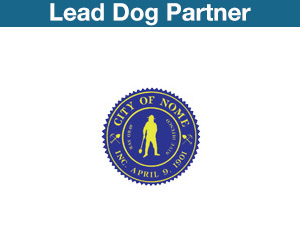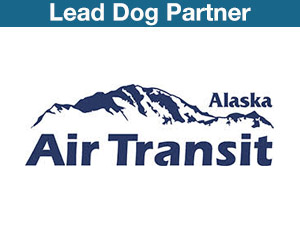March 9 White Mountain—10PM—leaders in at 6:00AM???
For the first time I see the creation of a checkpoint. I arrive on a commercial flight from Koyuk to White Mountain with Andy Anderson, Race Judge, and a select group of veteran volunteers.
On arrival at White Mountain, a village built on a gentle hillside next to the aptly named Fish River—famous for sports fishers—the crew gets busy transforming the White Mountain city hall into a checkpoint. Furniture is moved in the library to free up sleeping space on the floor, tables moved for comms, internet hook up, musher bags arranged at the check in area just off the river, and , most importantly, Kitchen put into action.
The first order of business is to determine when White Mountain checkpoint goes into full activation. Bruce Lee, Iditarod Insider analyst, is set to the task. While volunteers offer opinions, none will dissuade Lee from a purely objective number. He checks his notebook for previous run times, looks over time sheets, shifts pensively in his chair, and announces—“6am.”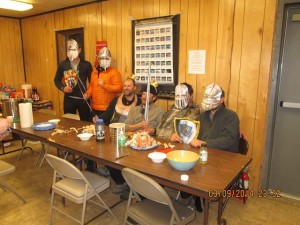
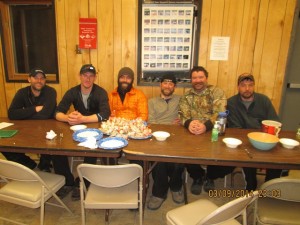
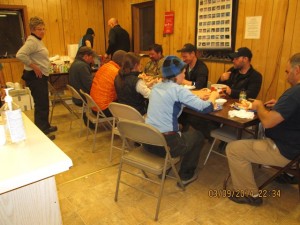
Meanwhile, a grand reunion occurs between veteran volunteers and the trail breaker crew. A sackful of crab, as much as could be purchased, has been transported from Elim to White Mountain. While crabbing is impossible at Unalakleet, the crabfishers in Elim have been able to set pots by snowmachine on the sea ice.
Finally, the trail breakers announce that crab is done and all the volunteers are invited to the checkpoint kitchen table.
The trail breakers are the unsung heroes of the race, the backbone of the race, the guys in the trenches, the doers, the ones that actually get the job done, have a lot of fun putting in a trail a thousand miles across Alaska.
The job is not simple. The trail breakers must stay ahead of the lead mushers. The Iditarod Trail Committee puts a trail in front of the leaders, and that’s it. Even if the trail detiorates, or a giant snowfall buries the trail behind the leaders, no further work on the trail occurs. Certainly much of the trail has been put in over the winter. In some locations the trails is established between villages.
But by and large ,the trail breakers start in Willow and mark every mile of the trail to Nome. Along the way, they build bridges over open water, cut brush, shovel snow to make the trail useable, change the trail around open water and overflow, and sometimes make decision to alter the trail for safety reasons. In addition, they have to keep machines running, make repairs, endure weather, cold temperatures, and never stop pushing in front. These guys deserve respect.
The volunteers also recognize what these guys do and also get a great photo moment with the trai lbreakers in uniform.
From right to left, Kenny Dubie, Dustin Ashcraft (team leader), Jake Fletcher, J R Melin, John Kimble, and Spencer Pape.







